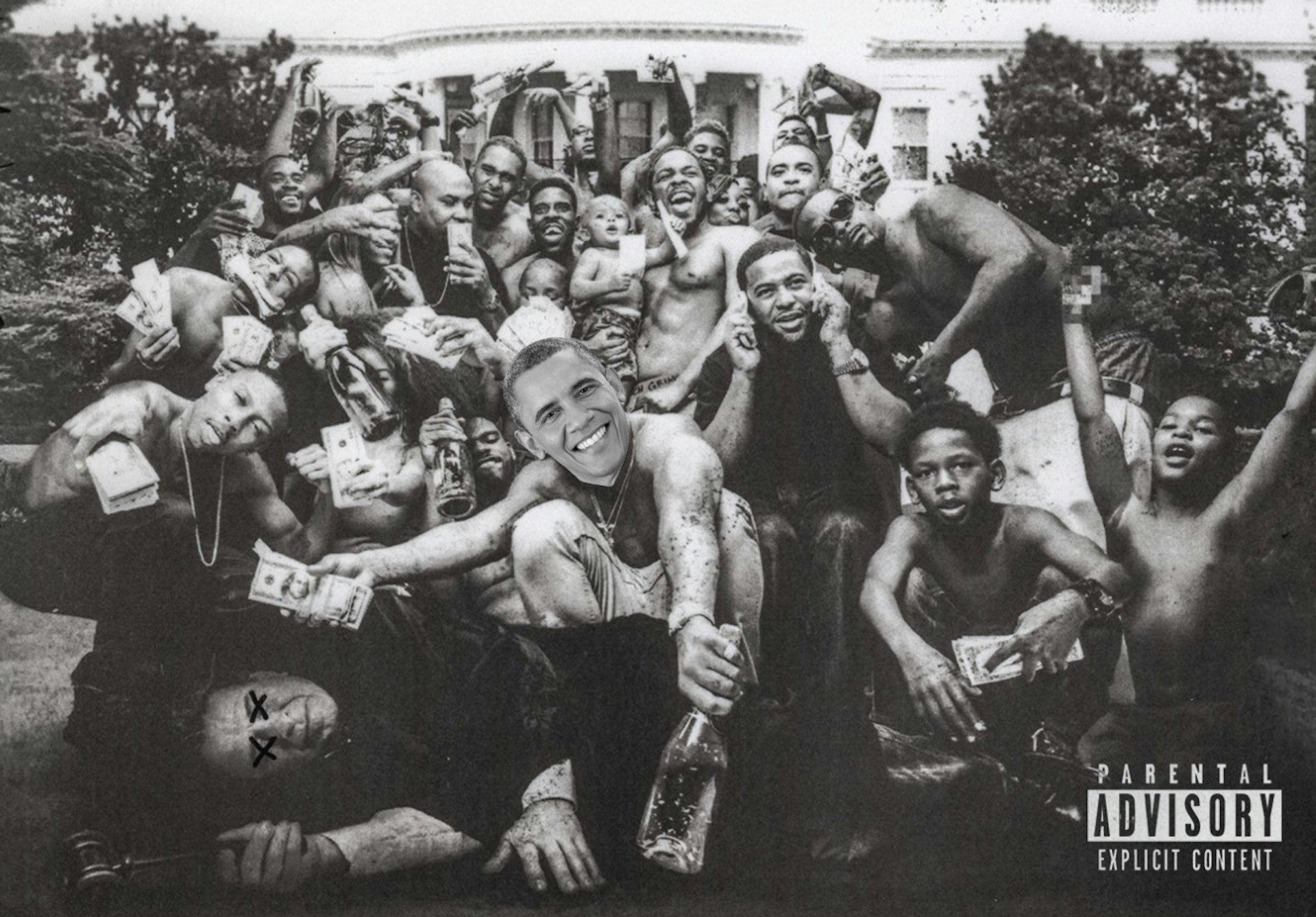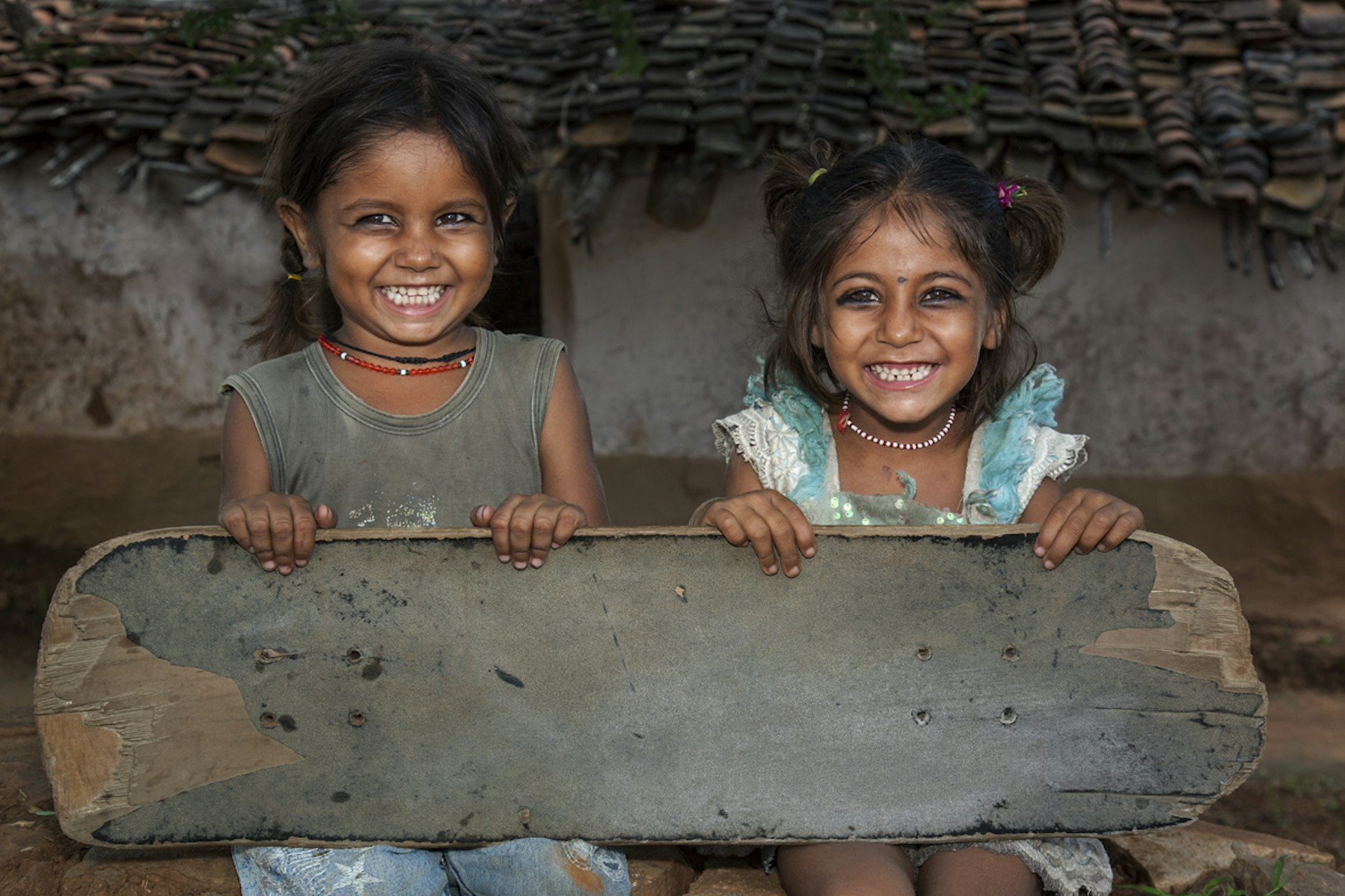
How skateboarding is helping to revitalise a village in rural India
Can a skatepark help transform a community? At Janwaar Castle, Ulrike Reinhard set herself the ambitious task of revitalising a village in rural India through skateboarding – and it seems to be working.
Janwaar is a small village in northern Madhya Pradesh, one of the biggest and poorest states in India. Ulrike founded the Janwaar Castle project in part to stem brain drain to the cities, which affects much of rural India.
The lack of educational and career opportunities mean many young people leave home for the city – but rarely find a better quality of life in the overcrowded urban centres. And the villages they leave behind are slowly dying.
As projects like Skateistan have demonstrated, skateboarding can be a powerful tool to strengthen communities and improve young people’s lives, education and aspirations. The centrepiece of Janwaar Castle is a 450 sqm skatepark – the first in rural India and the largest in the country.
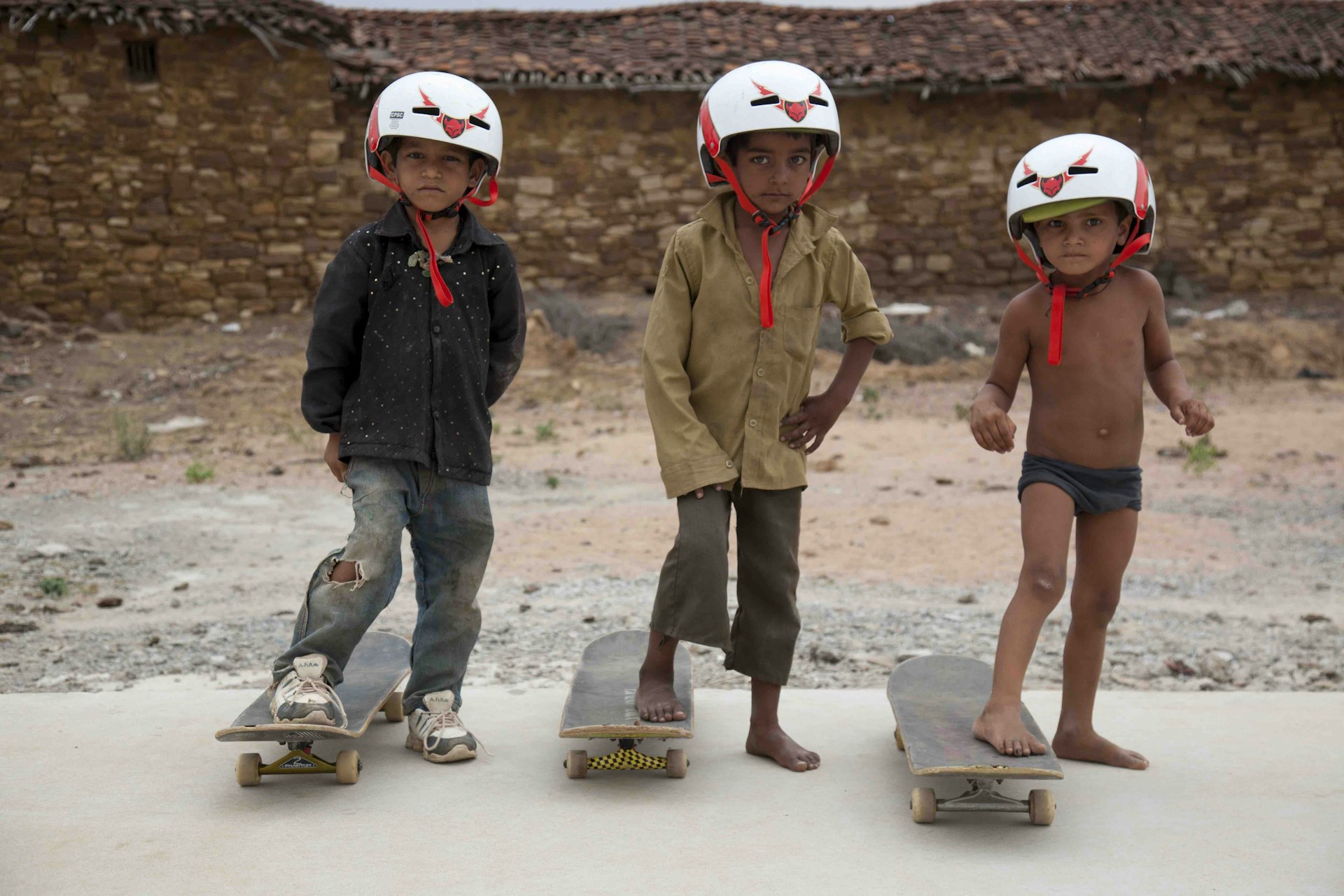
But it’s about much more than a skatepark. It’s about uplifting the entire community through a project that brings villagers of all ages together and gives young people a reason to stay and build up Janwaar for future generations.
A publisher, author and futurist, Ulrike has a strong track record of community activism, building networks online and offline. In the mid-‘80s she was active in The Whole Earth ‘Lectronic Link (usually shortened to The Well), which is one of the oldest virtual communities. More recently she founded DNAdigital, an initiative in Germany aimed to catalyse dialogue between business leaders and the ‘Internet Generation’.
We reached out to Ulrike to find out more about Janwaar Castle, building community and the disruptive potential of the internet.
How did Janwaar Castle come about and why did you choose to put skateboarding at the heart of the project?
Skateboarding as a tool for youth empowerment has worked extremely well in in Kabul, Afghanistan at Skateistan. So why shouldn’t it work in rural India? Unlike cricket or hockey, skateboarding is new for the kids, so they’re very curious and eager to learn. It’s attractive to look at, somehow “cool”, and really requires both body and mind to do it right. So there wasn’t much danger of a skatepark in a small village in the middle of nowhere in rural India not being attractive. The kids were drawn to the project whilst the skatepark was still under construction, even though the outcome was still uncertain and none of the villagers knew what a skateboard was.
We opened Janwaar Castle in April 2015 and what has happened since then is simply incredible. The children really embraced the park, they took over ownership and responsibility, and it very quickly became their place to be. With only two basic rules “No school – no skateboarding!” and “Girls first!”, the project grew – self-organised within a given frameset. The kids don’t have to ask for any permission – it’s open for everyone. And it worked. The positive energy from the kids is now firing the entire village. As Mehmood Khan, the former global head of innovation at Unilever, and a person with whom I work closely, said: “I’ve never seen a village changing so fast.”
School attendance has gone up, the kids are much more committed and much more self-confident – and they smile. We’ve certainly brought something precious into their lives. Where this will lead exactly, I don’t know. We now include the villagers in our work, especially the farmers, to move on to the next step and lift up the village as a whole. The kids are the driving force. And the skatepark is the major attractor.
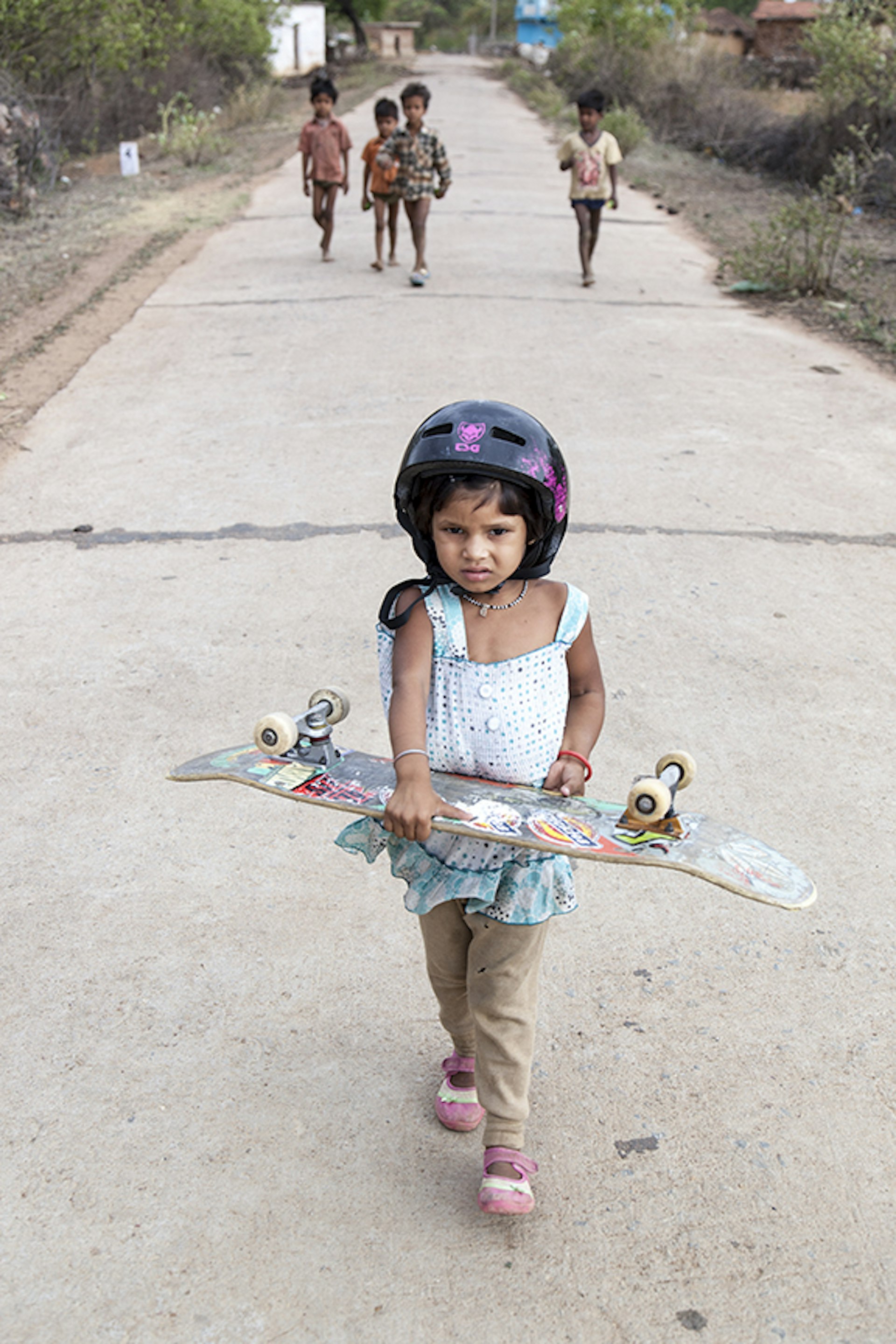
What are the biggest lessons you’ve learned from your experiences in DIY community building?
I’m not sure what you mean by DIY community building – communities can only be build by DIY, you can’t force them, can you? If there isn’t a common cause or a common set of values it will never work. And both cause and values can’t be defined, because it’s a process of interaction and reflection among community members. It’s about doing things together, collaboration and co-creation and learning together. Only then can we all learn which things resonate. It has a lot to do with transparency and empathy and not so much with telling others what to do. It’s a nonlinear network model, not a hierarchy with command and control lines. Unfortunately the latter is still a frequent and strong component in development aid. So if you ask me what I’ve learnt, I’d say it’s the art of letting go.
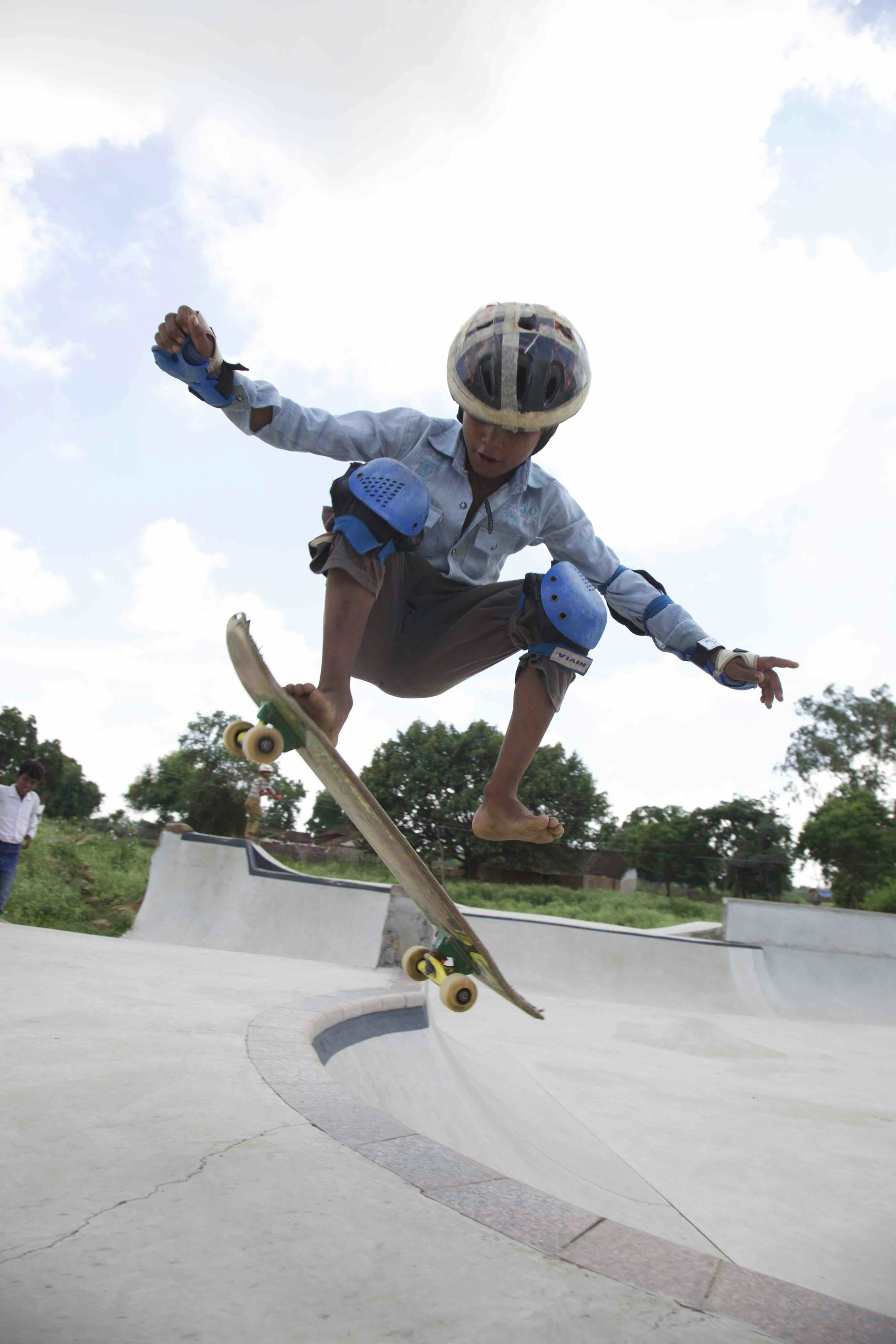
Who or what have been your biggest inspirations behind your focus on building community – both online and offline?
I’m not so much focused on community building – at least that’s the way I see my work. I’d say I was always much more interested in how to drive change. If community is an outcome of this process, fine. If not, that’s fine as well. And in driving change the internet plays a very disruptive and significant role.
Since my early days with The Well, the digital precursor of the Whole Earth Catalogue, and its founders in Sausalito in the mid eighties I’ve felt that the internet has this power to turn markets upside down. We’ve seen this in the music and publishing industries, in retail business and in media. We’ve seen tremendous change in countries we thought were immune to change and the internet played a major role there.
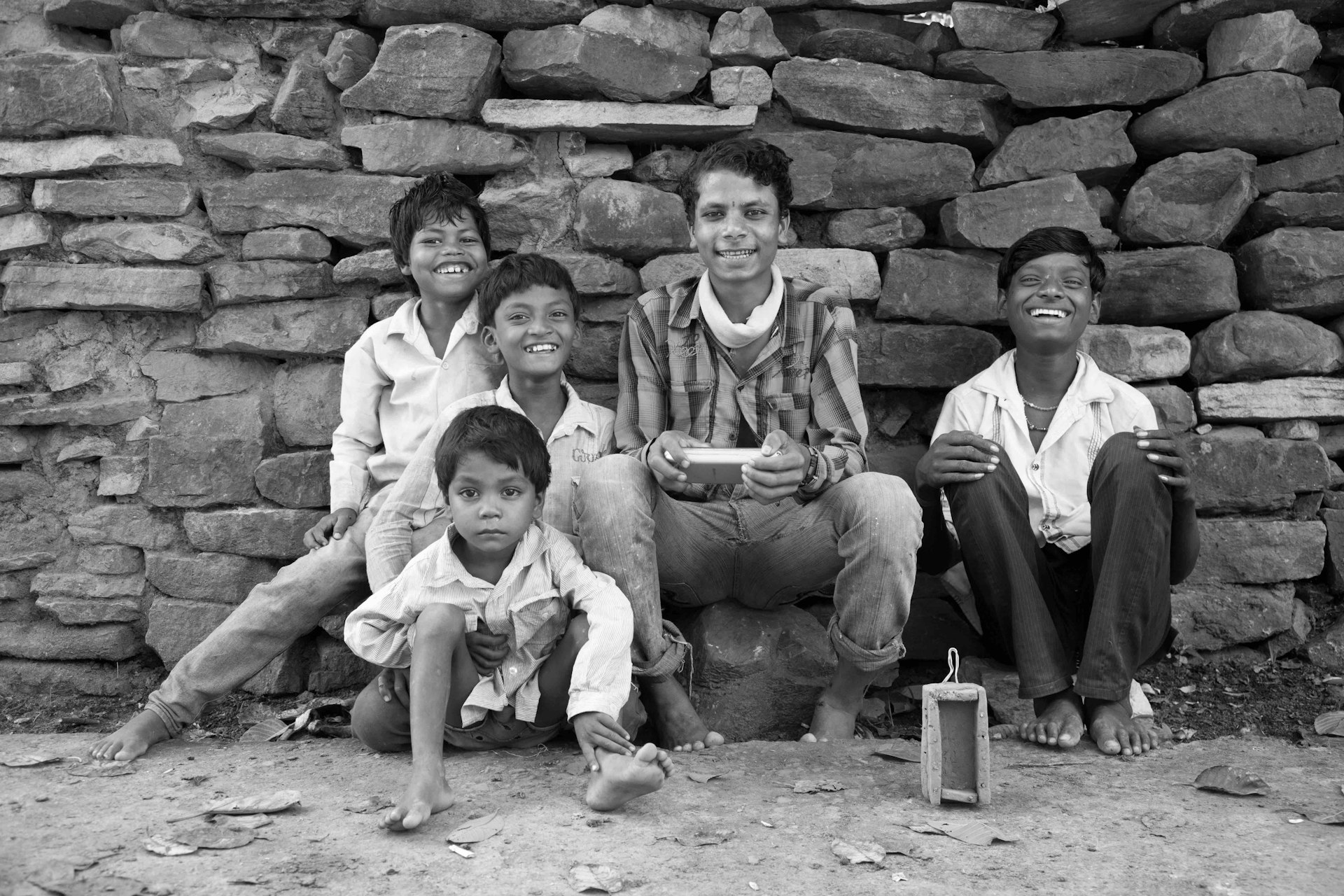
I think the moment you understand that the internet causes major disruption and at the same time is the source for any solution – is the moment when great things are possible. We have to learn that the solution has to be as complex and dynamic as the problem (Ashby’s Law) because only then will things work. And the internet has the potential for both. And when I look back at people like Howard Rheingold, Stewart Brand, John Perry Barlow – to name but a few of that early online generation – or in terms of complexity theory Brian W. Arthur and Stu Kauffman from the Santa Fe Institute, and Peter Kruse in Germany – yes, I have to say those are the ones who’ve inspired me most.
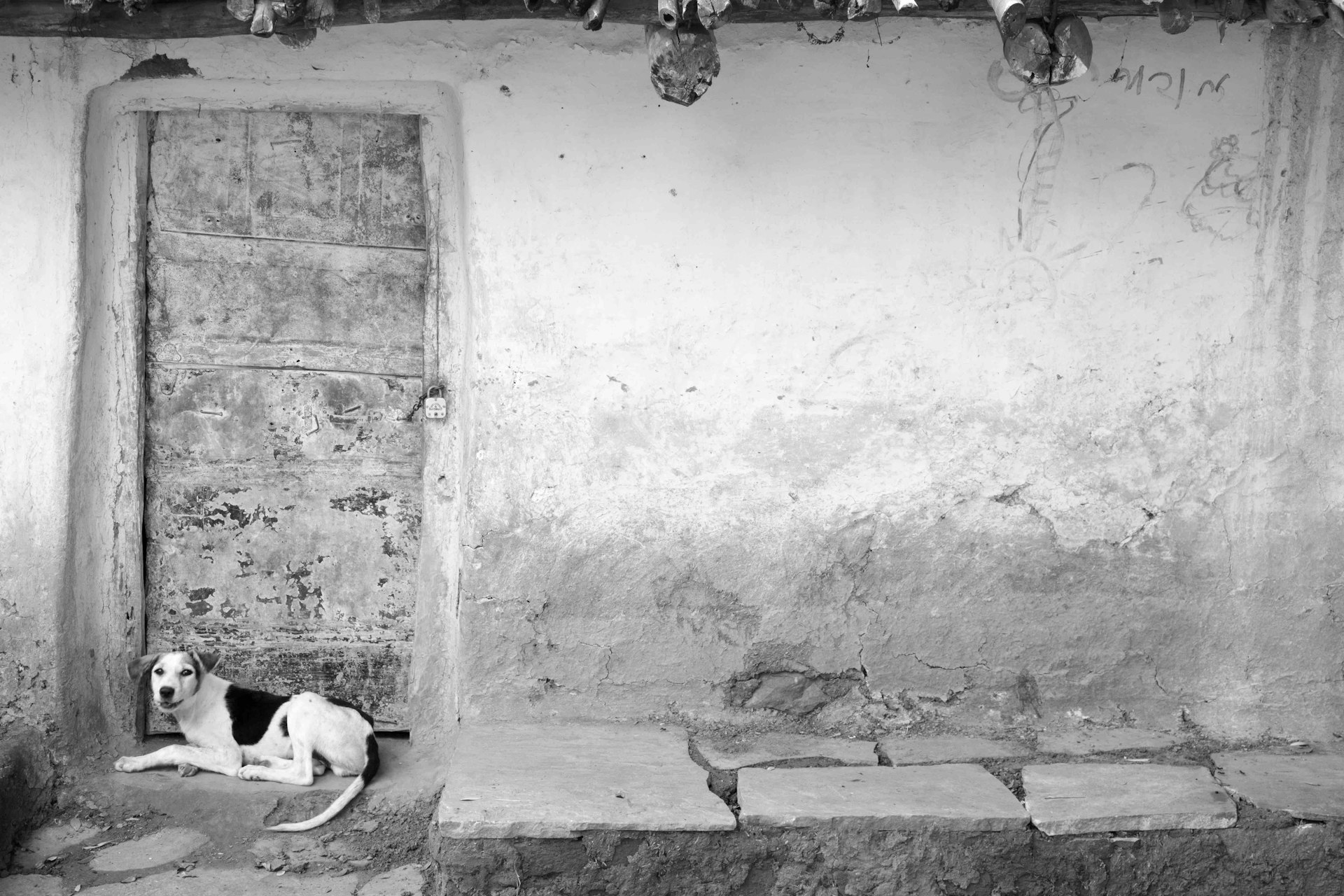
Do you feel the internet has lived up to its noble founding intentions and democratising potential?
My answer here is a clear and sad NO! I very often think about why this should be. On an optimistic day I’d say: the collective (intelligence) of a network will always trump hierarchy. It has democracy built into the system – we just have to play it right and have the guts not only to talk about transparency, participation and collaboration but to enact them.
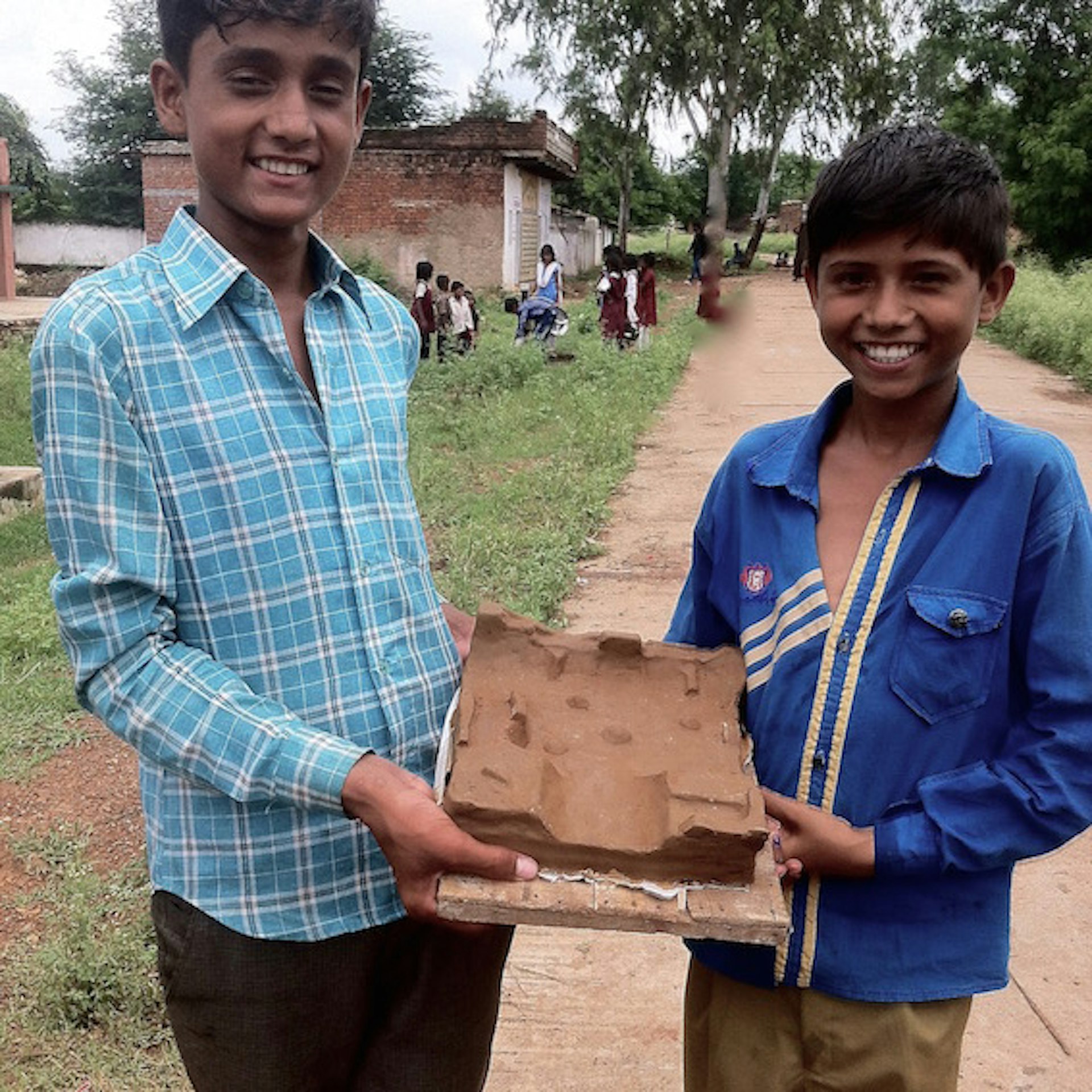
Way too often the internet is seen as just another channel and not as what it truly is: a completely new infrastructure. Yet on a negative day – when I look at all the hypocrisy in the world of politics and finance, where we’ve created a model which generates ever more money without creating more value/wealth – then I have my doubts that the network one day will trump money and power. We’re in the middle of a tough battle and I’m uncertain where we’re heading. Even so, I still remain optimistic.
Find out more about Ulrike Reinhard and Janwaar Castle.
Enjoyed this article? Like Huck on Facebook or follow us on Twitter.
